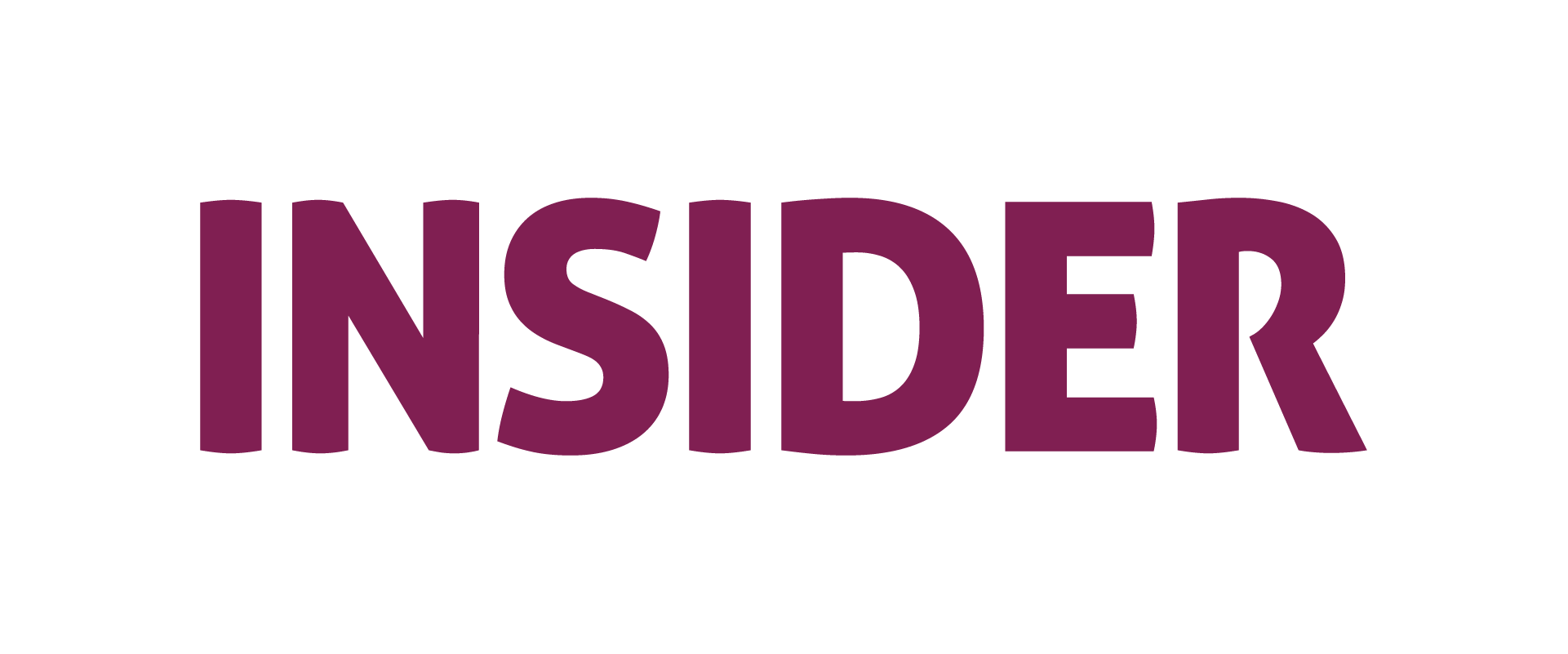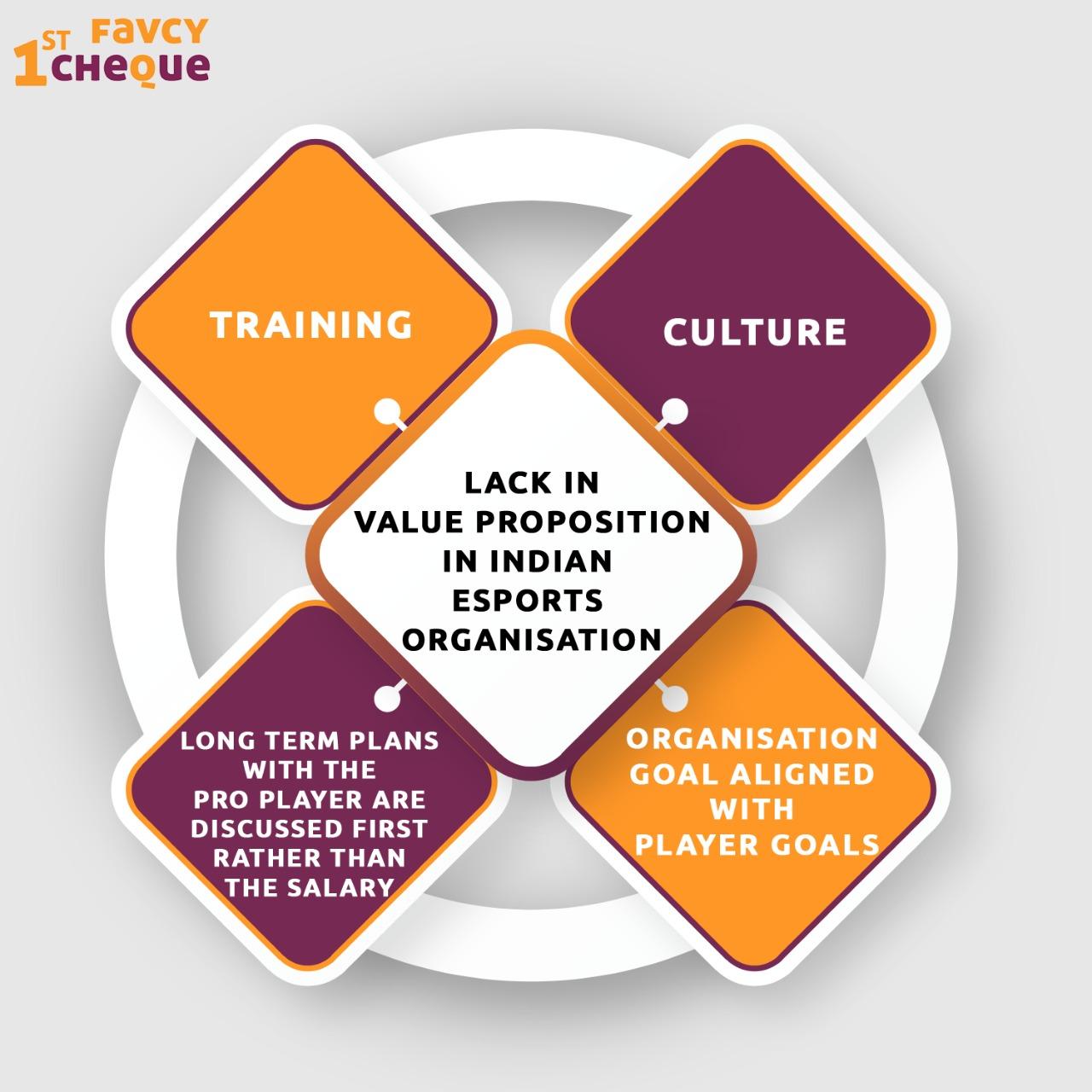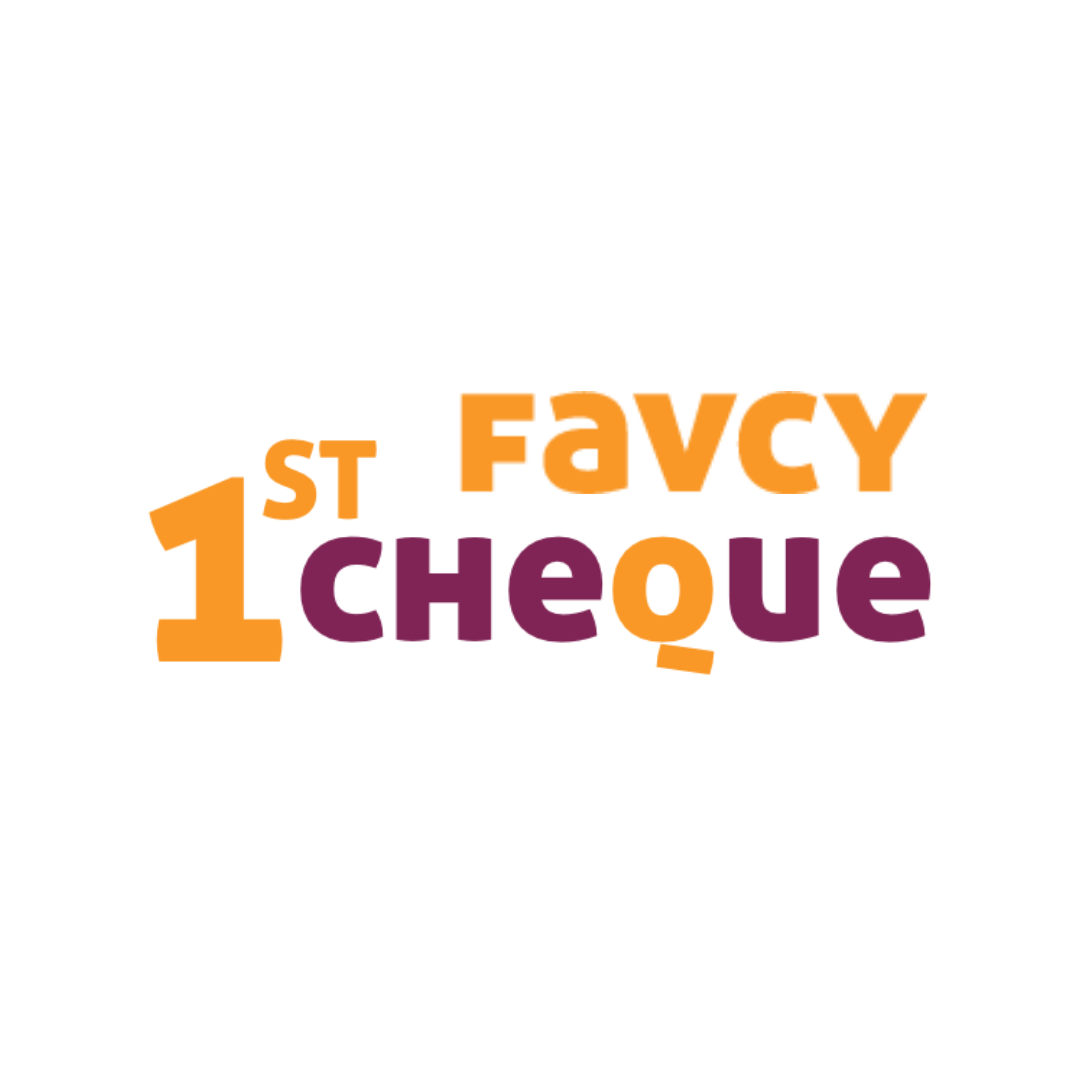
Why the best Esports Organization in India might not be Indian?
- This week, Aakarshan Harlalka, Founder, PwnAcademy (a Favcy Portfolio startup) breaks down the difficulties faced by Indian Esports firms and why the strongest foot in Indian Esports could be established not by an Indian company but a foreign firm.

What if you had a cake but never got to eat it?
This is the conundrum that we’re facing in the Indian Esports market. We have a large enough market, millions of interested people, yet Indian companies are yet to put their foot down on what could one day be the world’s largest Esports market.
First, let me take you through what an Esports org is and the challenges faced while building one.
What is an Esports org?
An Esports org generally refers to the parent company which owns an Esports team, for eg, Team Liquid. They have multiple great teams across various Esports titles (PUBG/BGMI, Freefire, Valorant, CSGO, DOTA2, etc) which participate in the best of the tournaments in the world and have won a few of them as well. They are one of the most well known Esports orgs in the world.
What does an Esport org do?
An Esports org onboards professional Esports players of a particular Esport title to form the best possible team in their budget and train them in order to win professional tournaments. It is similar to how IPL team owners onboard and manage cricket players. They also try to secure sponsorships, brand deals and other partnerships in order to generate revenue for the org.
Challenges faced while building an Esports org
Consistency and Discipline from the young players
Majority of the pro players who are great at the game are 17-23 year old gamers. It is extremely rare to observe consistent professional behaviour from these players. I have personally noticed pro players dodging calls of their team owners too for weeks in a row. These gamers are easily swayed by what they see on the internet and even a reasonable amount of money is not enough to onboard them.
Unrealistic Salaries
Most of the Esports org owners in India are overpaying their talent as every player believes they are the best and they should be paid the highest, also there are a lot of orgs which are fighting over the same set of players which generally starts an internal bidding war which leads to excessive spends on the salaries itself.
Apart from the salaries, an Esports org needs to hire coaches, a bootcamp where pro-players can live and practice for several months before their team coordination is good enough to start performing well in professional tournaments. There is a never ending list of miscellaneous costs which add up to the monthly burn. Realistically there are going to be only top 3 teams which make enough money from winning tournaments to set off these costs and break even. A high ROI is not practical by revenue earned from tournaments only.

Lack of Sponsorships and Brand Value
The bigger problem is what if you have the best Esports team in a particular title but the title isn’t considerably big enough to pull a decent amount of sponsorship. Even if the title is big, does your team have a significant following for brands to capitalize on and justify their investments with decent ROI. Since the industry is filled with young professionals who might not have market intelligence on how realistically the sponsors pay money, they end up surprised to the fact that they had overvalued their deals in their mind all this while.
While it seems that the above problems are easy to solve, it is not. It is extremely difficult to find somebody who knows the Esports market well and somebody who understands the sponsorship side of the deals very realistically too. Esports ecosystem moves extremely fast and it is imperative to stay connected to be ahead of the curve. At the same time it takes considerable time to build the right set of connections with brands who are willing to sponsor and submit a proposal which is aligned with their requirements.
Misdirected Value Propositions
The major problem with the Esports orgs in India is the value proposition to the gamers and lack of original ideas for the same.
Indian Esports orgs usually believe that the salary is the biggest value proposition that they are offering while the truth is that internationally apart from salaries - training, culture, org goal aligned with player goals, long term plans with the pro player are discussed first rather than the salary.

I have met a few Esports org owners who have a vision for their org or what positioning they want to secure but majority of the org owners think of it as an easy money making business but truth be told there is nothing easy about it. Eventually the orgs start copying and mimicking what the internal orgs are doing. Now almost every Esports have started offering a bootcamp for their players which initially did not used to be the case, I strongly believe that eventually good healthcare, period checkups, physical training etc would become a common value proposition too. However, until and unless the unique positioning problem is not answered it is difficult for an org to survive.
International Esports orgs are very well organized and generally do not have the above problems. Indians players love to say that they are part of an international org which is well known across the world which gives them bragging rights apart from all the other value propositions. Indian orgs also immediately agree to partnerships or acquisitions from international Esports orgs as they fundamentally believe in their heart that they are not as good as the international peers.
Market Landscape: India vs International
Though at a nascent stage, the esports market size in India has quickly scaled to INR3 billion in FY2021 and we expect it to reach INR11 billion by FY2025. However, the sport has a much larger economic impact: we expect it to generate an economic value of around INR100 billion between now and FY2025.
The esports industry is expected to grow at 46% CAGR over the next four years and streaming platforms will generate the largest chunk of esport revenues.
1.5 million players, 85 million viewers, 20+ broadcasters and several brands, organizers and publishers will collectively define the esports market in India by FY2025.

Presently, about 4% of mobile games on the Play Store are from Indian publishers. As Indian game developers transition from developing social games to multiplayer games, Indian developers are expected to create games that are better suited for esports tournaments. The number of Indian gaming studios have grown 5x since 2015. There are over 14 esports broadcast platforms in 2021 which are expected to cross 20 platforms by 2025. While current viewership is 17 million, over 85 million unique viewers will watch esports tournaments in the country by 2025.
According to Forbes, India ranks 16th, with a total revenue of $1.17 billion (8,000 crore approx.). Comparatively,
1. North America is estimated to generate revenues of almost $409 million in the next four years
2. China is known to have the largest gaming market in the world, with a total revenue of $37.9 billion (Rs 26.11 lakh crore approx.) in 2018, followed by US, Japan and Korea.
This shows there is huge potential in the esports market and India needs to tap into that space.
With respect to the audience, Most fans are in Asia, North America, and Europe: In the past, people thought that the craze of competitive video gaming was primarily an Asian phenomenon, yet today only 51% of esports enthusiasts are in Asia. In fact, North America and Europe have taken a prominent place in the global esports and gaming ecosystem
How can PwnAcademy help Esports org?
PwnAcademy will launch a property called PwnAcademy Gamer’s Perspective soon where pro-players will be invited and we will discuss their take on how to get better at the game. We are also looking forward to partnering with good Esports orgs directly for a masterclass instead of individual pro-players. PwnAcademy’s collaboration would help the orgs gain visibility, positioning and revenue which even the best of Esports orgs can use.
Future of Esports in India
Esports has a huge potential in the Indian market because of the high youth population. The esport segment of online gaming has witnessed significant growth in India in the past few thanks to proliferation of high end smartphones at affordable prices, as well as the rise of mobile games such as PUBG mobile, Free Fire, Clash of Legends, Call of duty Mobile among PC and Console games.
Corporate giants like Paytm, Alibaba, Tencent and even Nazara have been investing heavily in the Indian gaming market, which is currently one of the top 5 companies in terms of mobile gaming.

Most of the revenue generated in esports is sponsored by companies like Asus, Oppo which have been funding to organize and promote esports competitions in India.
Along with deeper penetration for high speed 4G internet and a rise in the number of online gamers the esports market has all the ingredients for growth. The aggregate revenue of esports startups and companies in India reached $68 Million in FY2020 and is projected to grow by CAGR 36% in the next 3 years, as per Inc42 Plus analysis of 36 companies including Jetsynthesys, Nazara technologies, Usports, Gamerji among others.
PwnAcademy and Favcy
Apart from helping us create the tech required for PwnAcademy, Favcy has helped us with various frameworks and the approach strategy. Due to which we are extremely confident that we will not waste millions of dollars that other companies had to before finding a sustainable business model and create one of the finest, if not the best, Esports Organization.
Stay tuned to receive the latest industry trends, investor insights, our exclusive angel bytes, and much more!

A platform for first-time angel investors to learn the science of early-stage startup evaluation. Get exclusive access to pre-vetted deal flow and make your first investment.
Subscribe to our newsletter 👇🏻 Don't worry, it'll take just few seconds :)
Reach out to us: